Researchers Propose New Way to Make Nuclear Power Plants Safer
Researchers from the Indian Institute of Technology have proposed a new way to make nuclear power plants safer. They suggest using offshore wind farms to provide backup power in case of a seismic event.
The study, which was published in the journal Nuclear Engineering and Design, found that offshore wind farms could provide enough power to keep nuclear reactors running even if the main power grid goes down. This would help to prevent meltdowns, which can occur if nuclear reactors lose their cooling systems.
The researchers tested their idea by conducting a case study at the Madras Atomic Power Station in Chennai. They found that a 15-MW offshore wind farm could provide enough power to keep the plant running for up to 72 hours. This would give the plant enough time to restore power from the main grid or to switch to a backup diesel generator.
The researchers say that their proposal could help to make nuclear power plants safer and more reliable. They believe that it could also help to reduce the cost of nuclear power, as it would no longer be necessary to build expensive backup generators.
The study was funded by the UK India Education Research Initiative and the Commonwealth Scholarship Commission. It is the latest in a series of studies that have explored the potential of using offshore wind farms to provide backup power for nuclear power plants.
In November 2022, a Danish-Indian collaborative study identified fifteen zones for the first offshore wind development project in India. The study was funded by the Danish Ministry of Foreign Affairs and the Indian Ministry of New and Renewable Energy.
The Central Electricity Authority of India (CEA) has estimated that India’s installed wind capacity will reach 100 GW and nuclear capacity 15.5 GW by the financial year 2029-30. The CEA is the apex regulatory body for electricity in India.
The use of offshore wind farms to provide backup power for nuclear power plants is a promising new development. It has the potential to make nuclear power plants safer, more reliable, and more affordable.
Suggested Articles
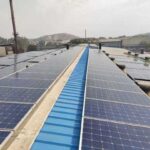
Solar Panel suppliers in Delhi/NCR (Gurgaon, Noida, Faridabad, Manesar, Ghaziabad)
There are a number of suppliers to buy solar PV…
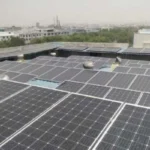
Haryana and UP Face Delays in Solar Net Metering Approvals
Net metering for rooftop solar in Haryana and Uttar Pradesh faces procedural delays, affecting solar adoption and efficiency for residential and commercial consumers
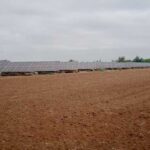
How to select the best solar panel for your solar rooftop project?
Crystalline silicon photo voltaic (PV) technology has given…
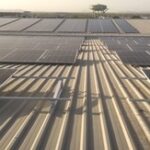
Petrol Pumps: Need to take a step towards Solar
Over 50,000 Petrol Pump stations in the country…
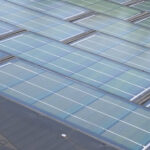
Should You Replace Solar Panels with Solar Shingles?
Solar shingles, also known as solar roof tiles, are made from thin photovoltaic (PV) sheets. They can either cover or replace the existing shingles on a roof. They take in solar energy and transform it into electricity.
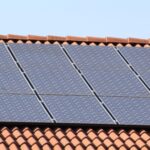
Solar Panel Installation on Tiled Roofs
When you’re ready to install solar panels on your home, there are many factors that will determine the unique design and cost of your solar system. Various roof types require different processes for installation. For example, lightweight tile roofs can present unique challenges and considerations for a solar installer. Here are a few things you need to know before adding solar energy to your tile roof.


Net Metering and its Advantages
Net metering is a system of control. Its purpose is to maintain checks and balances specifically for those who have solar heating panels on their roofs. It is also a net preserver of energy usage.
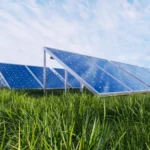
Challenges in Module Supply and Policy Slow India’s Solar Projects
India’s utility-scale solar projects face delays due to module supply shortages and policy challenges, impacting the growth of renewable energy.
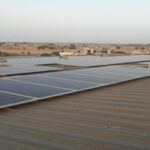
Are Colleges and Schools ready to take up Solar challenge?
Colleges are exploring the option of installing solar solutions…